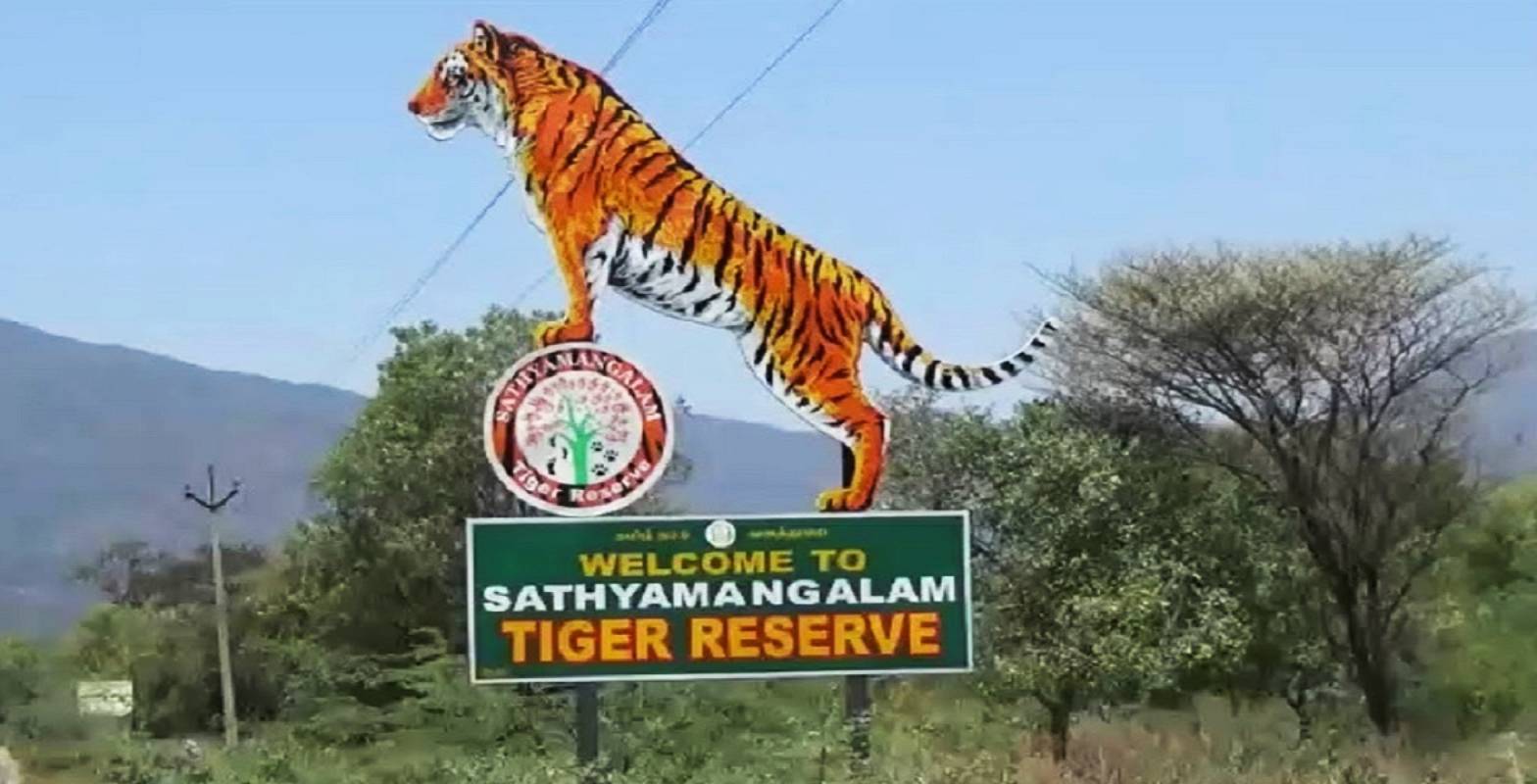Foresters on alert after trap cameras in Jhargram spot tiger
The tiger from Jharkhand had entered into a locality in the small hours today and its pugmarks were detected beside the cattle shed of a resident in Sarenga block in Bankura.
Around 300 personnel commenced the exercise in 10 ranges in the Sathyamangalam Division and in Hasanur Division that comes under the STR.

The Satyamangalam Tiger Reserve (STR) has launched its pre-monsoon bi-annual survey, as part of the monitoring of National Tiger Conservation Authority (NTCA), officials said.
The pre-monsoon survey, done between June and July, has begun at all the 10 ranges in the STR while the post-monsoon survey is done during December- January every year.
Advertisement
The reserve has a significant population of tigers, elephants, leopards, black bucks, guars, four-horned antelopes, striped hyenas, birds, reptiles, amphibians, fishes, and others.
Advertisement
Around 300 personnel commenced the exercise in 10 ranges in the Sathyamangalam Division and in Hasanur Division that comes under the STR.
Each team, comprises 6 to 8 forest watchers, guards, and anti-poaching watchers (APW), and will be involved in direct sighting of animals from 6 a.m. to 9 a.m. and from 3 p.m. to 6 p.m. Other than direct sighting of animals, recording of pug marks, dung, carcasses, tree bark peelings, and vegetation including grass, herbs, and tree species will be done.
The collected data are recorded in the Monitoring System for Tigers Intensive Protection and Ecological Status (M- STrIPES) app for analysis by the NTCA and the Wildlife Institute of India (WII).
As per STR officials, the core of critical habitat in the tiger reserve is 793.49 sq km and buffer or peripheral area is 614.91 sq km.
Advertisement